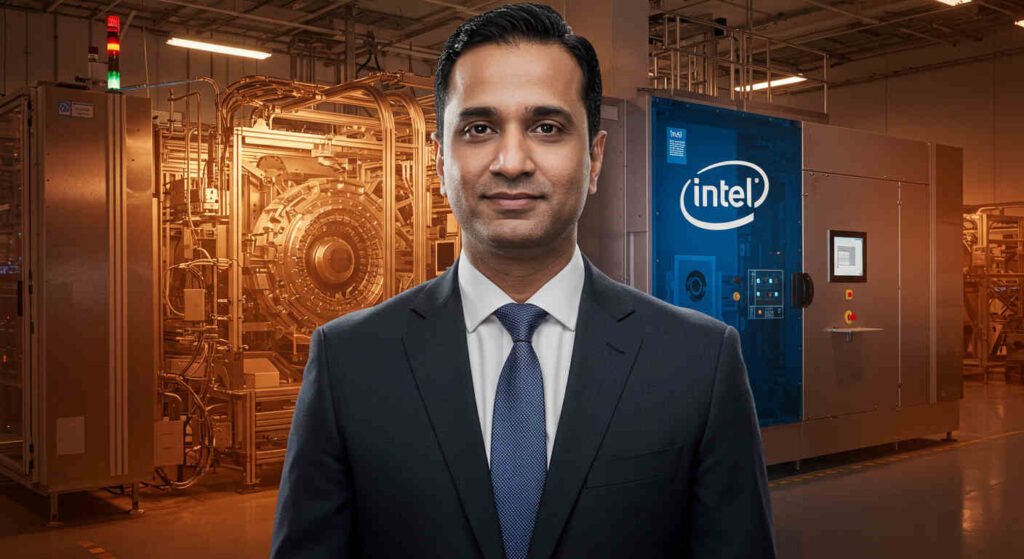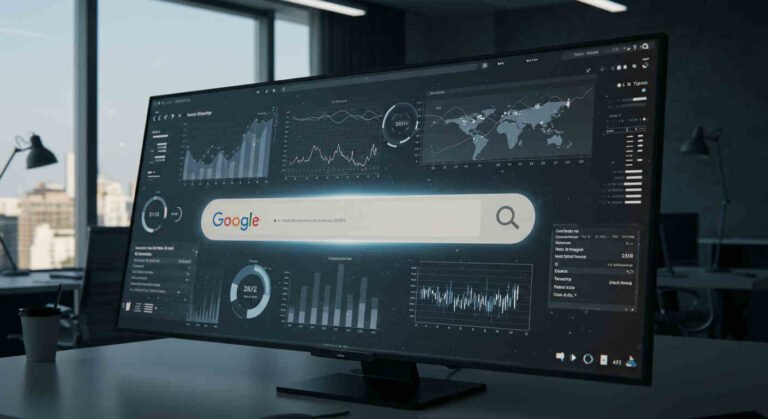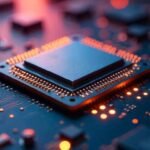Intel Gets a Makeover: New CEO Plans a Chip Factory Revolution
Table of Contents
Holy smokes, what a bombshell! Intel, that big-shot company that basically put the brains in our computers, is getting a serious facelift. In March 2025, the new head honcho, Lip-Bu Tan, stormed in and started shaking things up like a tornado in a trailer park. He’s cooking up a wild plan to flip Intel’s chip-making game upside down, especially the foundry side where they churn out chips for big dogs like Apple and Nvidia.
According to juicy scoops from Reuters, Tan’s ready to ditch the old playbook and go all-in on a new strategy. But, whoa, will this bold move put Intel back in the winner’s circle? Or is it just hot air that’ll fizzle out? Buckle up, ‘cause we’re diving deep into this crazy saga, from Intel’s rough patches to the wild possibilities this shake-up could spark. Let’s roll!
Intel at a Fork in the Road: Glory Days, Rough Times
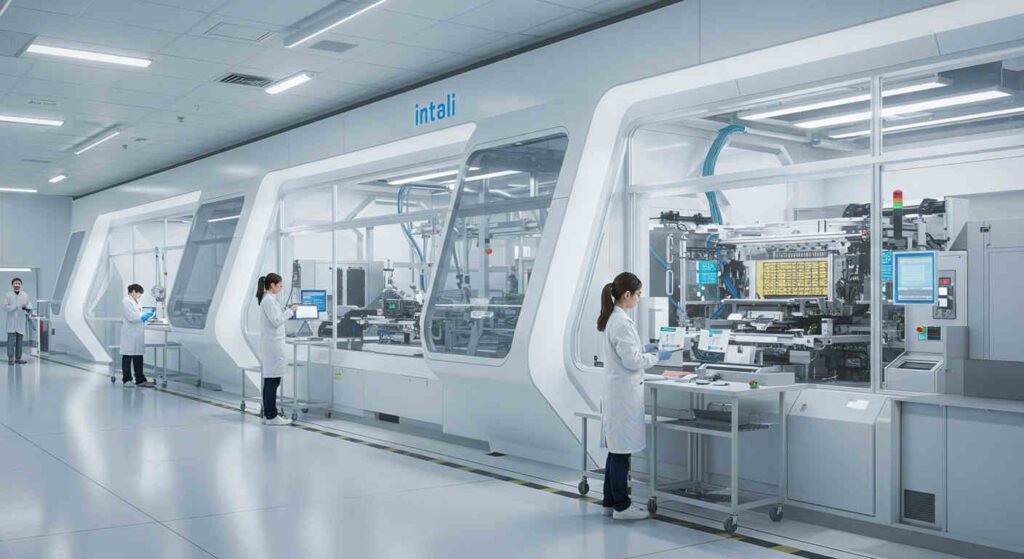
New CEO Plans a Chip Factory Revolution
To get why Intel’s in such a pickle, let’s take a quick trip back in time. Way back in 1968, Robert Noyce and Gordon Moore (yep, the dude behind Moore’s Law, saying chips would double in power every couple years) kicked off Intel. They dropped the 4004 chip in 1971, a tiny spark that lit up the whole computer revolution. By the ‘90s, Intel was the king of the castle, powering 85% of PCs with chips like Pentium and Core i7. It was like Intel was the heartbeat of every computer on Earth, thumping loud and proud.
But, man, oh man, things went south. Intel fumbled big time when it missed the smartphone boom. Back in 2007, then-CEO Paul Otellini passed on making chips for the first iPhone, letting Samsung gobble up that pie. Then, they snoozed through the AI craze while Nvidia zoomed to a $3 trillion giant with its GPUs.
To make matters worse, Taiwan’s TSMC raced ahead in chip-making with fancy tech like its N2 process, while Intel’s 18A stumbled with delays. The fallout? Intel’s stock crashed 52% in 2024, got booted from the Dow Jones for Nvidia, and had to slash 15% of its workforce to save $10 billion. It’s like Intel went from a blazing star to a dim little firefly flickering in the night.
The New Boss in Town: Meet Lip-Bu Tan
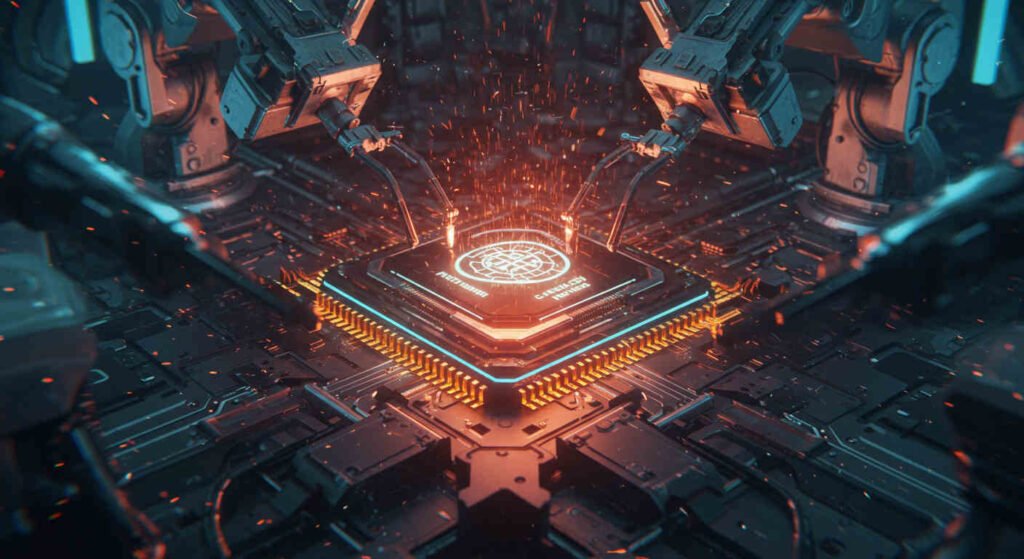
Enter Lip-Bu Tan, the new CEO who swooped in during March 2025 after Pat Gelsinger couldn’t pull Intel out of the mud. Tan’s like a Silicon Valley rockstar, with a resume that’ll knock your socks off. He ran Cadence Design Systems and has a knack for fixing companies that are down on their luck. When he showed up, Intel’s stock shot up nearly 13%, like the market was yelling, “Hallelujah, someone’s here to fix this mess!”
Tan didn’t mess around. The second he plopped into the big chair, he started slashing costs and rethinking Intel’s whole game plan. He’s like a chef tossing out a bad recipe to whip up something fresh. His big idea? Give the foundry business—where Intel makes chips for other companies, not just itself—a total overhaul. But here’s the twist: he’s thinking about scrapping Gelsinger’s old plan, which bet the farm on the 18A process, and doubling down on something new, the 14A, to go toe-to-toe with TSMC. It’s like Tan looked at the team and hollered, “Time to change the game plan, folks!”
The Big, Bold Bet: A Foundry Shake-Up
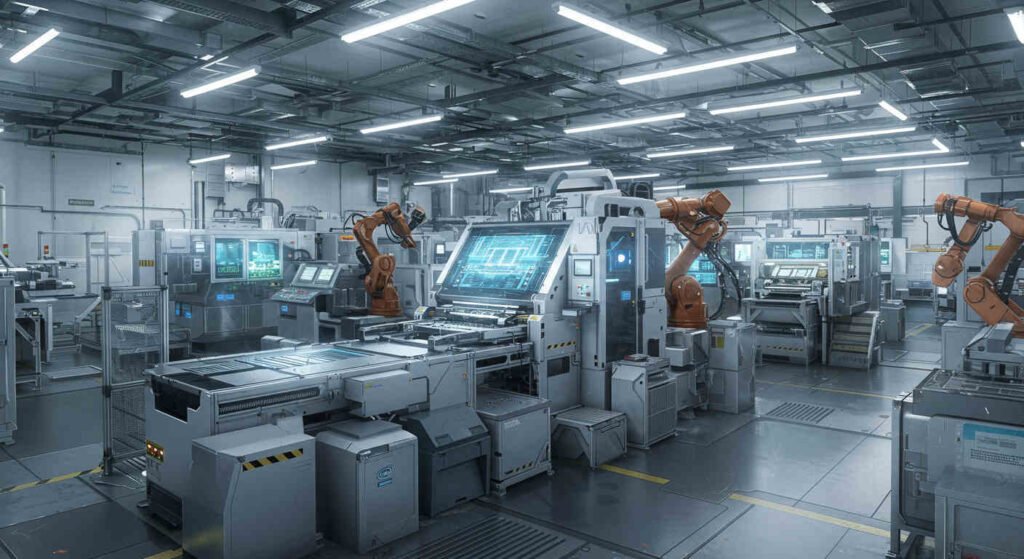
The foundry biz is like the engine driving Intel’s comeback hopes. The goal’s to woo heavy hitters like Apple and Nvidia, who’ve been sending their chips to TSMC, to use Intel’s factories instead. But, jeez, it ain’t a walk in the park. The 18A process, which Gelsinger swore was the golden goose, is hitting roadblocks and not winning over clients. Broadcom tested 18A and basically said, “This ain’t ready for the big leagues.” It’s like Intel promised a gourmet burger but served it half-cooked.
Tan, sharp as a whip, is switching gears to focus on 14A, a slicker manufacturing process that could give Intel a fighting chance against TSMC. He’s even mulling over stopping 18A sales to new customers, which is a huge pivot. It’s like he decided to toss the old playbook in the trash and start scribbling a new one, hoping to lure the big players. But this ain’t cheap—it’s like remodeling your whole house while you’re still living in it. Tan’s prepping options to pitch to Intel’s board by July 2025, but with so much dough on the line, a final call might not come ‘til fall.
Oh, and get this: Tan’s also looking outside for help. Word is Intel ditched its in-house work on glass substrates, a key piece for next-gen chips, and is now scouting specialized suppliers, like companies in South Korea. It’s like admitting you can’t build the whole car yourself and calling in buddies to help with the engine. The goal? Save cash and focus on what Intel’s best at: breaking new ground.
The Roadblocks: A Thorny Path Ahead
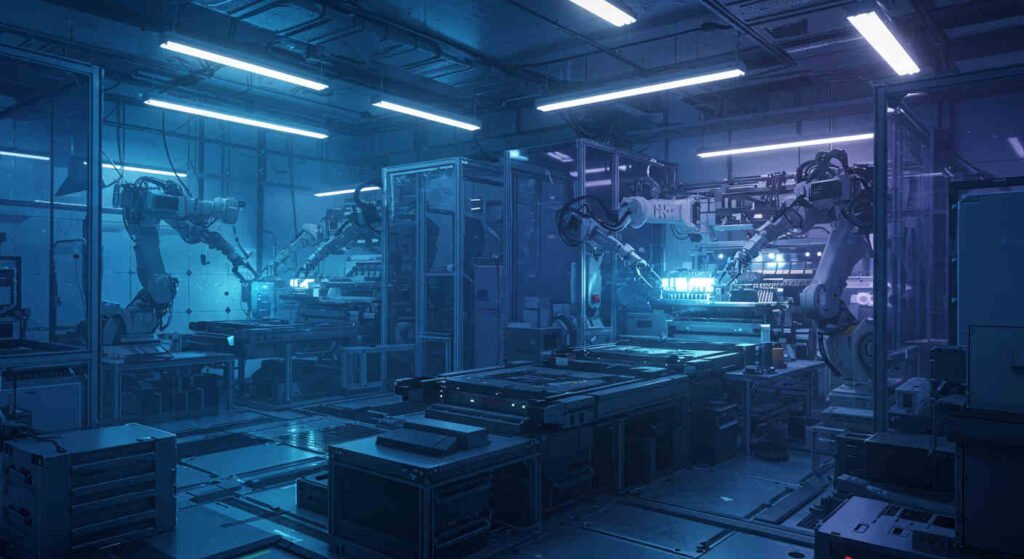
But, hold your horses, it ain’t all smooth sailing. Intel’s got a heap of troubles. First, the chip market’s tougher than a barroom brawl. TSMC’s leading the pack with its N2 tech, while Intel’s still scrambling to get 18A right. It’s like running a race in worn-out sneakers while your rival’s sporting brand-new Nikes. Plus, Intel’s bleeding money—already sinking $185 billion into new factories, with costs in Arizona and Ohio shooting up faster than a rocket.
Then there’s the AI headache. While Nvidia’s swimming in cash with its GPUs, Intel tried to jump in with chips from Habana Labs, bought for $2 billion in 2019. But those chips haven’t made a dent, with Intel expecting just $500 million from them in 2025 compared to Nvidia’s billions. It’s like Intel showed up late to the AI party and got stuck holding the punch bowl.
And don’t forget the global drama stirring the pot. With the U.S. and China butting heads, China banned exports of metals like gallium, crucial for chips, and is pushing its companies to buy local, which could hit Intel’s Asian sales hard. On the flip side, Intel’s leaning on the U.S. CHIPS Act, which dished out $8.5 billion for new factories and might toss in another $3 billion for the Secure Enclave program making defense chips. It’s like juggling flaming torches while riding a unicycle.
The Irony of It All: History Comes Knocking
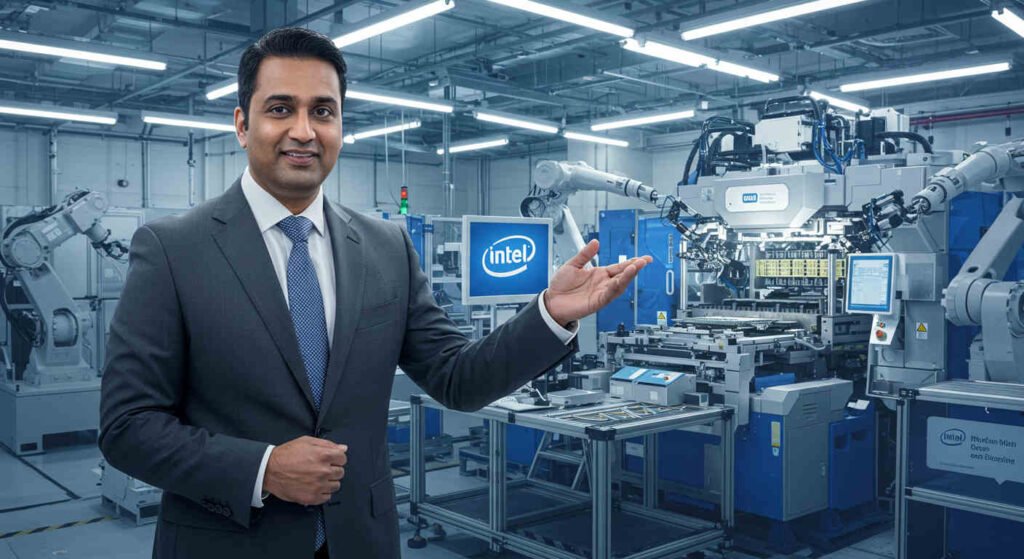
Here’s a wild twist: there’s some irony in this mess. Intel, once the top dog of chips, is now hustling to catch up, trying to reclaim the crown it fumbled by missing the future. It’s like a champ boxer scrambling to get back in the ring after a knockout. And here’s the kicker: Tan’s unraveling Gelsinger’s plan, who was once hailed as Intel’s “golden boy” in 2021 but ended up slipping out the back door. It’s like betting big on a racehorse only to find out it’s not as fast as you thought.
Another irony? Intel, the outfit that basically invented the microprocessor, is now leaning on outside partners to get back in the game. It’s like a master chef asking the neighbors for help with dinner. And while Intel’s getting billions from the U.S. to boost local production, it’s hitting walls in China. It’s like being yanked one way and shoved another all at once.
What This Means for the World
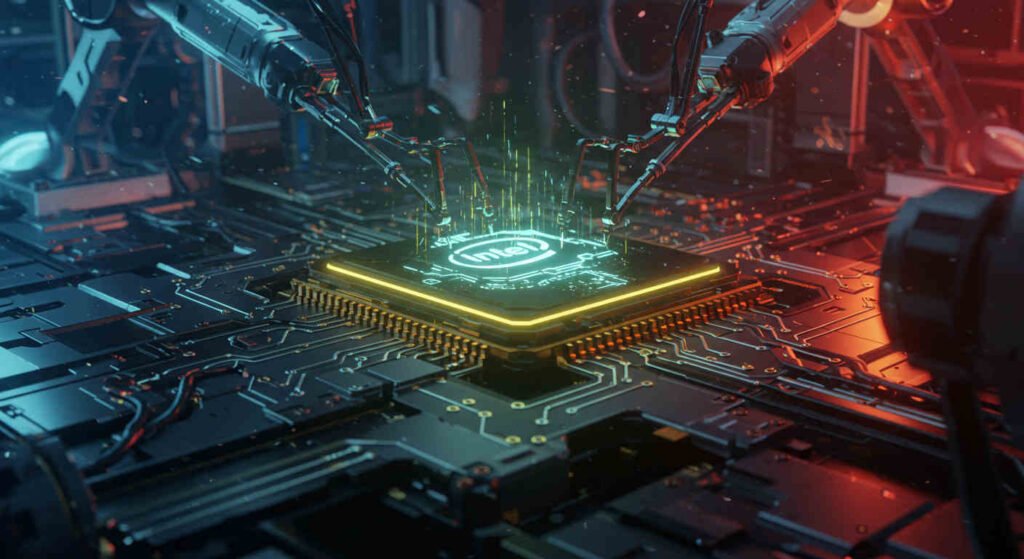
If Tan pulls this off, Intel could shine bright again like the good ol’ days. Snagging clients like Apple and Nvidia would be like hitting a home run, raking in billions and proving Intel’s still got game. Plus, switching to 14A could put Intel ahead of TSMC, like a runner finally catching the leader. And with deals like Amazon Web Services to build chips in Ohio, Intel’s showing it can play ball with the team.
In places like Brazil, where folks rely on imported chips, this could be huge. If Intel nails this, we might see cheaper gadgets like laptops and phones. And who knows? It could spark Brazil to invest in its own chip factory, like talks with South Korea hint. It’s like planting a seed that could grow into a big ol’ tree.
But the impact’s bigger than just the market. Better chips mean faster computers, smarter AIs, and slicker electric cars. It’s like Intel’s paving a highway to a future where everything’s connected and cool. And companies like Netadept Technology are ready to help businesses ride this wave with AI and tech solutions that’ll keep you in the fast lane. Check ‘em out at https://netadept-info.com and see how they can supercharge your biz. Don’t get left in the dust, y’all!
How This Hits Your Life
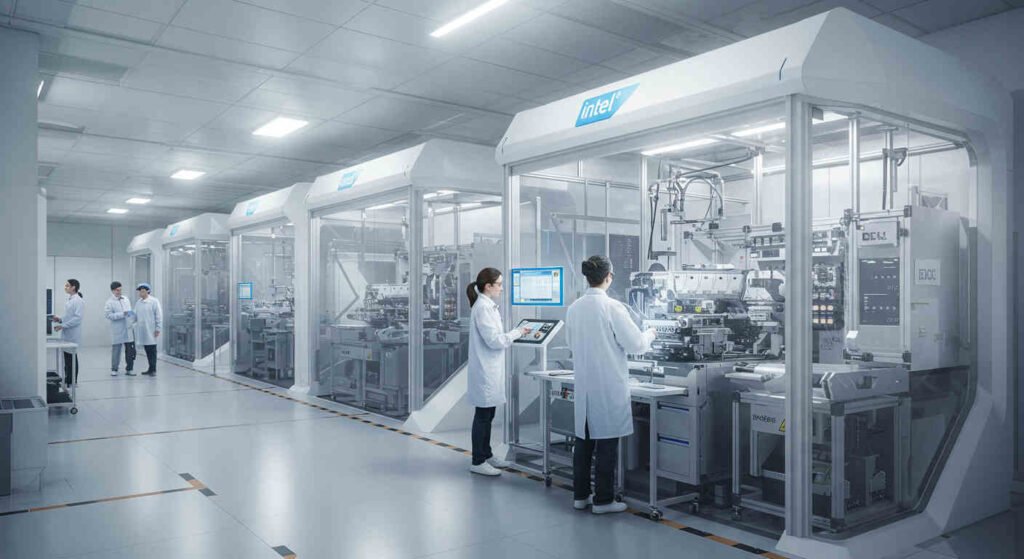
Now, let’s bring it home. If Intel gets this right, your gadgets are gonna level up, maybe even get cheaper. Picture a laptop with an Intel 14A chip that zooms through tasks or a phone running AI like it’s magic. It’s like having a hot rod in your garage, ready to take you anywhere.
What’s Next on the Horizon?
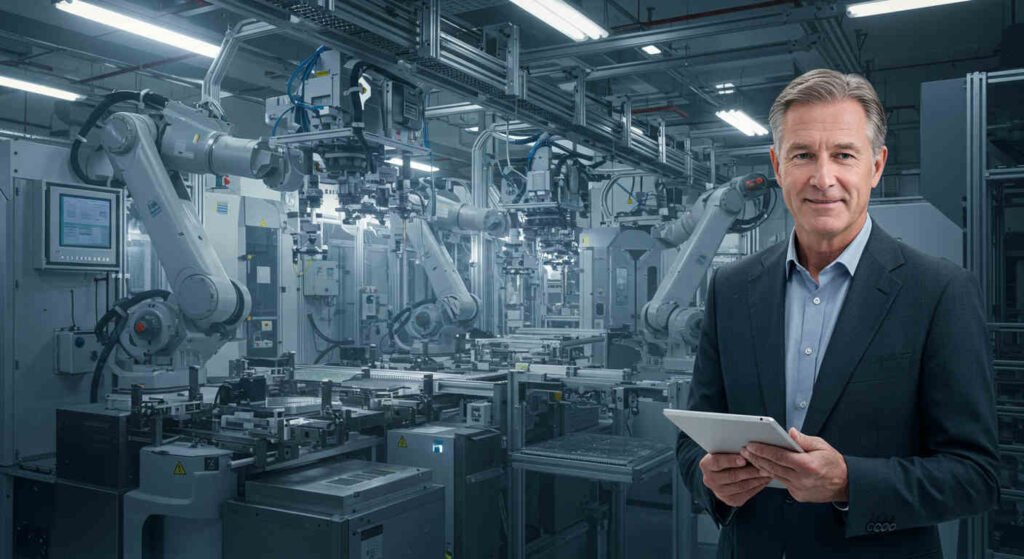
Looking down the road, Tan’s got the tools but a bumpy trail. He’s gotta win over Intel’s board, snag big clients, and make 14A a star. It’s like climbing a mountain with a heavy pack—the view at the top could be worth it, but it’s a slog. Outlets like CNN Brasil and Valor Econômico say a call on 18A might not come ‘til fall, and the market’s watching to see if Tan delivers the goods.
Meanwhile, Intel’s banking on partnerships and government cash to climb back up. The Amazon Web Services deal and billions from the CHIPS Act are like a lifeline to pull ‘em out of the hole. But with TSMC and Nvidia racing ahead, Tan’s gotta play hardball to avoid eating their dust.
What’s Your Take?
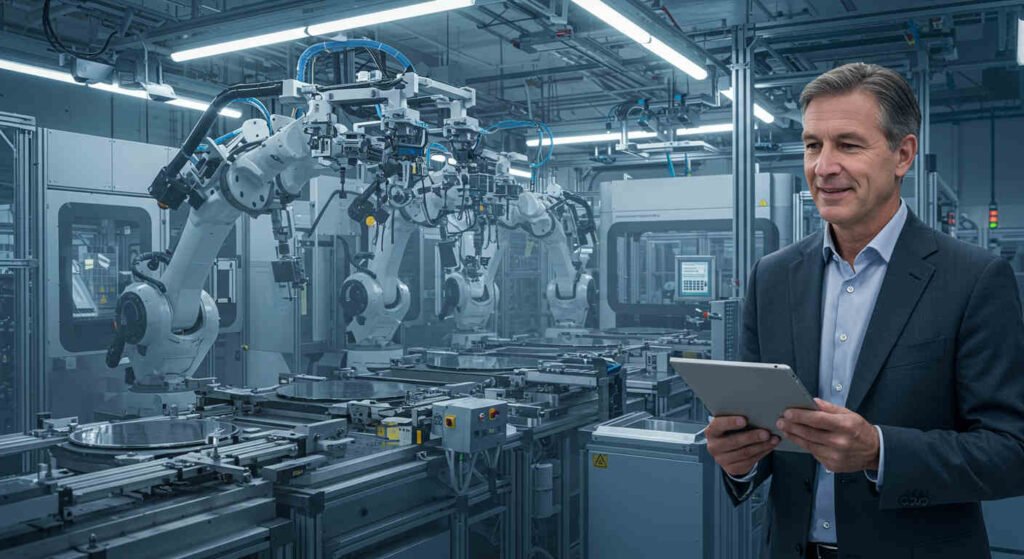
This Intel shake-up is like striking a match in the dark. If it works, it could light up a path to a bright future. If it flops, Intel might trip again. What do you think? Will Tan make Intel shine like the old days? Or will the competition’s wires keep tripping ‘em up? Spill the tea, ‘cause the future’s knocking, and Intel’s ready to answer!
See this good article in our WebSite: https://techforgewave.com/darpa-zaps-power-5-miles-are-wires-done-for/
